Rain gutters on cars are small channels that sit along the edge of the roof. Their job is to guide rainwater away from the windows and doors, helping to keep the inside of the car dry during wet weather.
In older vehicles, rain gutters were easy to see and very common. They were practical and helped stop rain from dripping into the car when opening doors or rolling down windows. They were simple, useful, and made life easier.
But as car designs started to change, so did the look of the roof. Car makers began removing visible gutters to make vehicles look more modern, smooth, and sporty. This helped improve both looks and performance.
Today, most new vehicles do not have the traditional raised rain gutters. Instead, they use hidden systems that drain water under the surface or down through the body of the car. This keeps the outside lines clean and sleek.
These hidden drainage systems are clever, but not perfect. In some cases, water may still find its way inside, especially if the design is not done well. Owners sometimes notice drips when opening doors after it rains.
Removing rain gutters helps make vehicles more aerodynamic. This means they can move through the air more easily, which may save a bit of fuel and reduce wind noise at high speeds. It’s a small change that fits modern design goals.
Many luxury and sporty cars now follow this trend. They focus more on looks and sleek styling than on old-fashioned, practical features. Even some budget-friendly cars are designed this way, following the modern style.
Though the old gutters may not look stylish, they were very useful. Some drivers still miss them, especially in areas where it rains a lot. Hidden systems just don’t always do the job as well.
1) Tesla Model 3
The Tesla Model 3 is one of the most popular electric cars in the world. It is known for its clean look, smart features, and smooth performance. But one thing that many people notice is the lack of rain gutters.
Rain gutters are small channels that were once common on cars. They used to sit along the edges of the roof and helped direct rainwater away from the windows and doors. They kept water from dripping into the cabin.
In older cars, these gutters were easy to spot. They stuck out slightly and looked like thin rails. They were not pretty, but they worked well. They helped drivers and passengers stay dry while entering or exiting the vehicle.
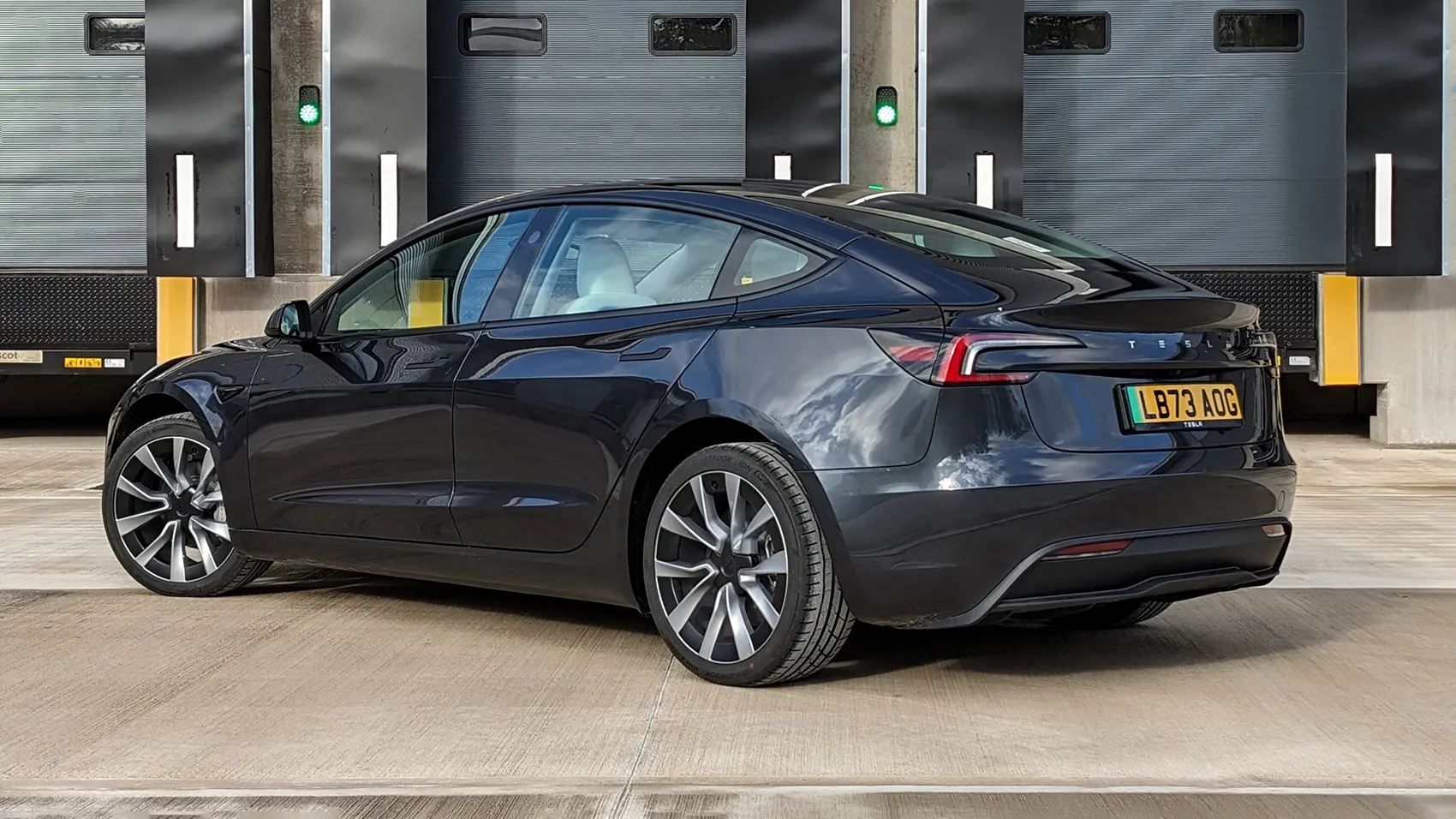
Modern cars, including the Tesla Model 3, are designed differently. Today, most automakers prefer sleek and simple shapes. That means traditional rain gutters are removed to give the car a more futuristic and smooth appearance.
The Tesla Model 3 has a flush roofline with no raised edges. Its design is focused on aerodynamics, which helps the car move through air more easily. This can improve driving range and reduce wind noise while driving.
While the design looks great, it does have a few downsides. Some Model 3 owners report that water sometimes drips into the cabin when opening the doors after rain. This is because the car lacks external rain channels to guide the water away.
Instead of visible gutters, Tesla uses hidden drainage systems. These systems are built inside the body to control where the water goes. However, they may not always stop water from dripping when doors or windows are opened right after rain.
The missing rain gutters are a small detail, but they show how car design has changed. The Model 3 is focused on style and efficiency. It gives up a few old features to achieve a modern look and better performance.
Also read: 10 Used SUVs That Are Still Worth Buying in 2025 for Reliability and Value
2) Honda Civic (11th Generation)
The Honda Civic has long been known for its style, reliability, and affordability. The 11th generation of this popular sedan takes these qualities to a new level with a sleek, modern design. One change that stands out is the removal of rain gutters.
In earlier models of the Civic, rain gutters were a common feature. These gutters helped channel rainwater away from the car’s doors and windows, preventing water from dripping into the cabin when the door was opened during a downpour. They were practical, even if not particularly stylish.
The latest Civic, however, has done away with these traditional gutters in favor of a smoother, more aerodynamic design. The roofline is clean and flowing, with no raised edges or visible gutters. This makes the car look more modern and sporty, appealing to a new generation of drivers.

While the design looks great, it does have some practical drawbacks. Many owners of the 11th-generation Civic have noticed that when they open the door in heavy rain, water can drip into the cabin. This happens because there are no gutters to keep the rainwater away.
Instead of visible gutters, Honda has opted for hidden drainage systems. These are designed to direct water away from the car’s interior, but they don’t always work as effectively as traditional gutters. During heavy rain, water can sometimes still find its way inside.
Despite this, the design choice reflects a larger trend in the automotive industry. Car makers are moving toward cleaner, more aerodynamic shapes. While it might sacrifice some practical features, this shift is aimed at improving fuel efficiency and overall performance.
3) BMW 3 Series (G20)
The BMW 3 Series has always been known for its luxury, performance, and elegance. The latest G20 generation of this popular sedan takes things further with sharp lines and a sleek, modern design. One change that stands out is the removal of traditional rain gutters.
Rain gutters were once common on cars, including luxury models like the BMW 3 Series. They helped direct rainwater away from the windows and doors, preventing water from entering the cabin when opening the doors during rainy weather. While practical, they were not very stylish.
BMW has moved away from this old feature in the G20. The roofline of this new 3 Series is smooth and clean, without the raised edges that gutters create. This gives the car a more refined and sophisticated look, which aligns with BMW’s focus on luxury and performance.
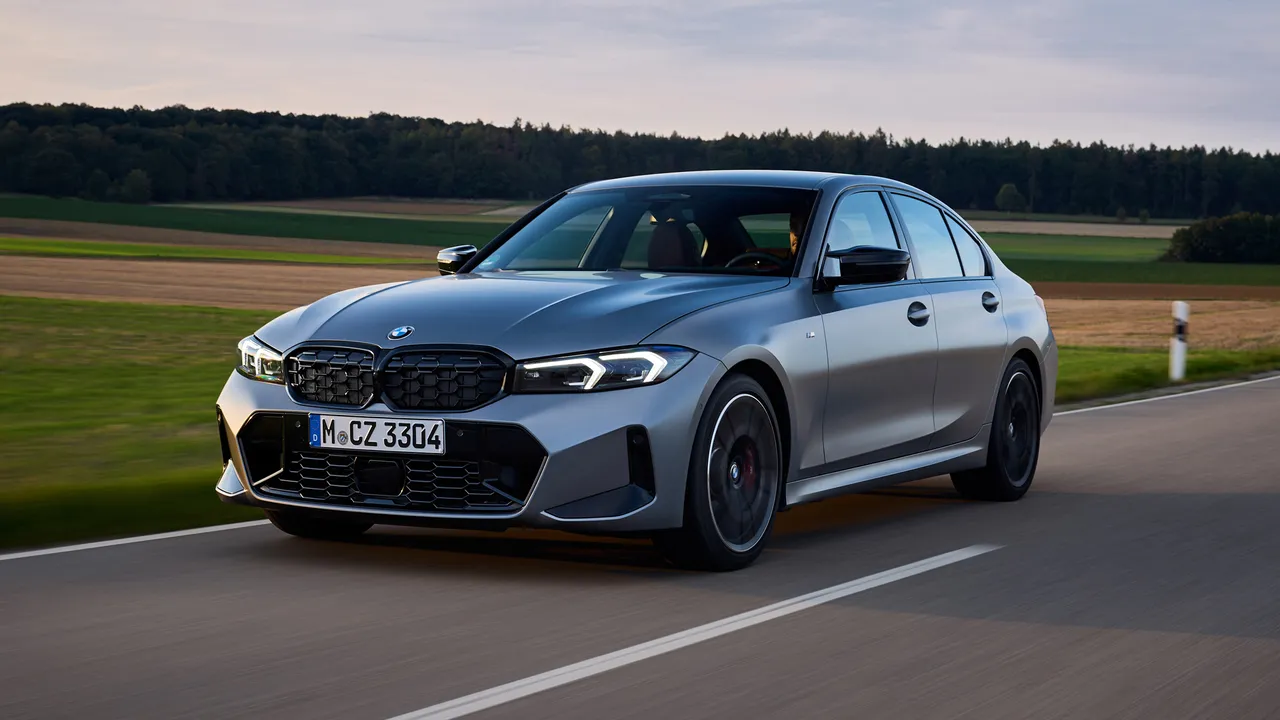
To maintain functionality, BMW has replaced the traditional gutters with hidden drainage systems. These systems work to guide rainwater away from the cabin, keeping the interior dry without ruining the car’s sleek design. However, they may not always be as effective as the old-style gutters.
Some owners of the G20 3 Series have noticed water dripping into the cabin when opening the door after a heavy rain. This is due to the lack of gutters to divert the rainwater fully. Despite the hidden drainage, water can still occasionally find its way inside.
This design decision reflects a larger trend in the automotive industry toward more aerodynamic and stylish vehicles. By removing gutters, BMW has improved the car’s appearance and performance, even if it means sacrificing some practicality.
4) Toyota Camry: A Sleek Look Without Traditional Rain Gutters
The Toyota Camry is known for its dependability and comfort. In recent models, particularly from 2018 to 2024, the Camry has adopted a modern design that eliminates the traditional external rain gutters.
This change allows the car to have a smoother, more aerodynamic profile, improving both its appearance and performance. The removal of the gutters makes the Camry look more stylish and up-to-date with current car design trends.
Rather than using visible rain gutters, Toyota has incorporated integrated roof drip moldings. These moldings are designed to direct rainwater away from the windows and doors, preventing water from entering the cabin while maintaining a clean and smooth roofline.
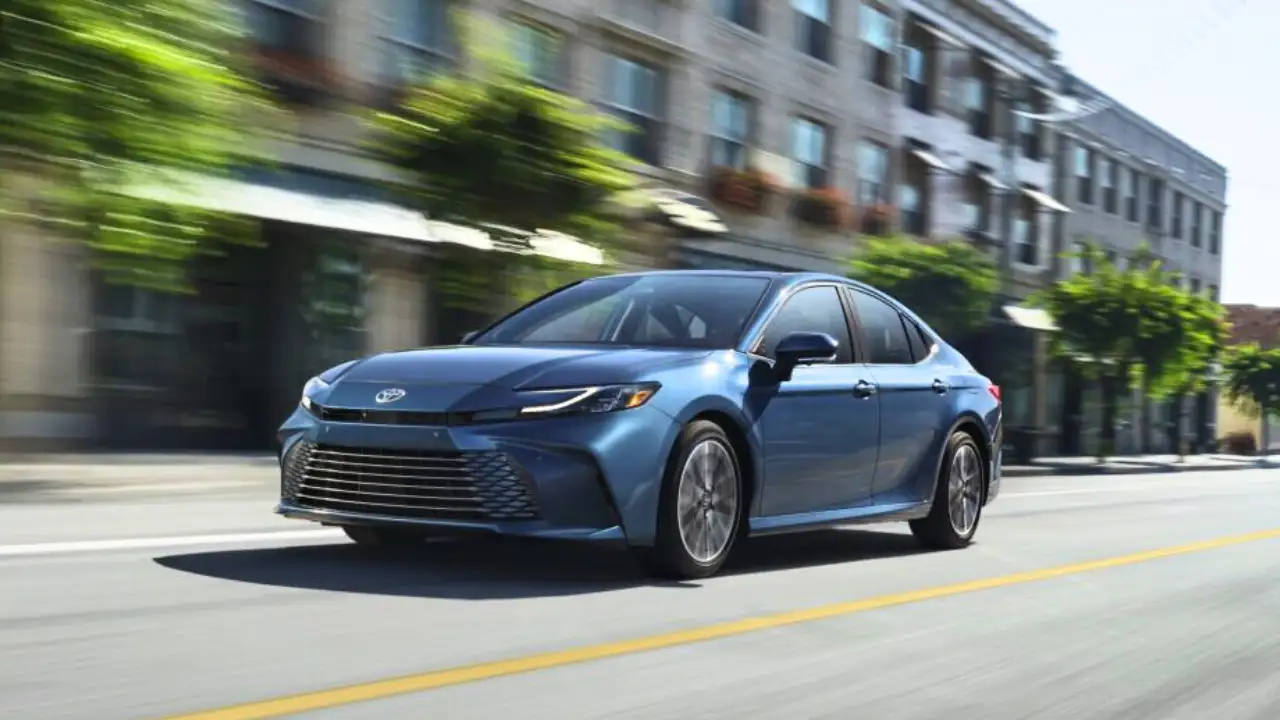
The integrated moldings ensure that the car still functions well in rainy conditions. They provide the necessary water management without compromising the sleek design of the vehicle.
Toyota’s decision to remove traditional gutters aligns with the growing trend in the automotive industry of blending aesthetics with functionality. This shift towards a more minimalist and modern design is evident in many new vehicles.
For those who want to maintain the Camry’s design integrity, Toyota offers genuine parts, including the roof drip molding (part number 75555-06090). This ensures a proper fit and helps keep the vehicle’s smooth, seamless appearance.
The Camry’s design is a great example of how automakers are moving toward vehicles that are both functional and stylish. By removing traditional rain gutters, Toyota has enhanced the car’s visual appeal while still addressing the need for water management.
This change shows how car manufacturers are focusing more on aesthetics without sacrificing essential features. As the auto industry continues to evolve, we can expect to see more vehicles following this trend of sleek and modern designs.
5) Audi A4
Audi has always been known for its sophisticated design and attention to detail. The Audi A4 follows this tradition, offering a sleek and precise look that stands out in its class.
One of the key features of the A4’s modern design is its clean roofline. Unlike older vehicles that featured visible rain gutters, the A4’s roof is smooth and flush, creating a more streamlined appearance.
The removal of rain gutters gives the car a more refined and futuristic look. The smooth roofline is not just about aesthetics; it also helps with the car’s aerodynamics, improving performance and efficiency.
Audi’s focus on sleek design doesn’t mean sacrificing functionality. While the A4 doesn’t have visible rain gutters, it still has hidden drainage systems that ensure rainwater is directed away from the cabin.
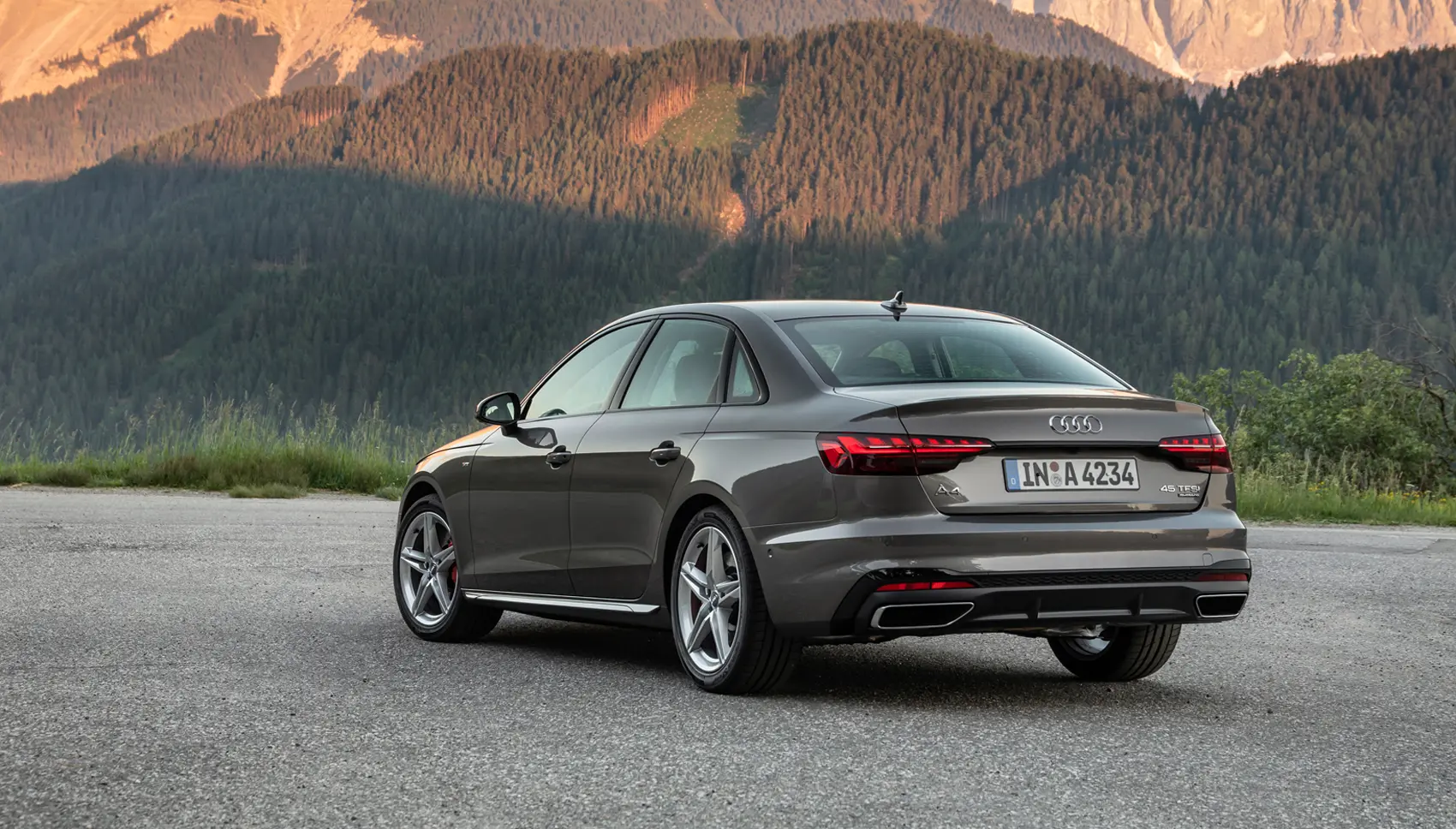
These hidden drainage systems are carefully designed to prevent water from dripping inside the vehicle when doors are opened in the rain. This ensures that the car remains dry, even without the traditional gutters.
By eliminating the old-style rain gutters, Audi enhances the A4’s visual appeal and performance. The car looks more modern and sophisticated, with clean lines that are a hallmark of Audi’s design philosophy.
This design decision is part of a larger trend in the automotive industry, where sleek, minimalist designs are becoming more popular. Many new vehicles are following Audi’s lead, removing traditional features to create cleaner and more modern profiles.
The Audi A4 represents the future of automotive design, combining style, functionality, and performance. The removal of rain gutters is just one example of how automakers are changing the way we think about car design.
Also read: 5 Vehicles That Handle Aging Electronics Well and 5 That Are Buggy
6) Hyundai Elantra
The Hyundai Elantra has always been known for its bold and sharp design. In the latest model, Hyundai has taken the car’s look to the next level by removing traditional rain gutters.
Instead of the usual gutters, the Elantra’s design is smooth and sleek, with no visible edges along the roof. This creates a clean, futuristic appearance that sets the car apart from other vehicles in its class.
The removal of rain gutters doesn’t just affect the car’s look; it also impacts its aerodynamics. By eliminating visible gutters, the Elantra becomes more streamlined, improving performance and fuel efficiency.
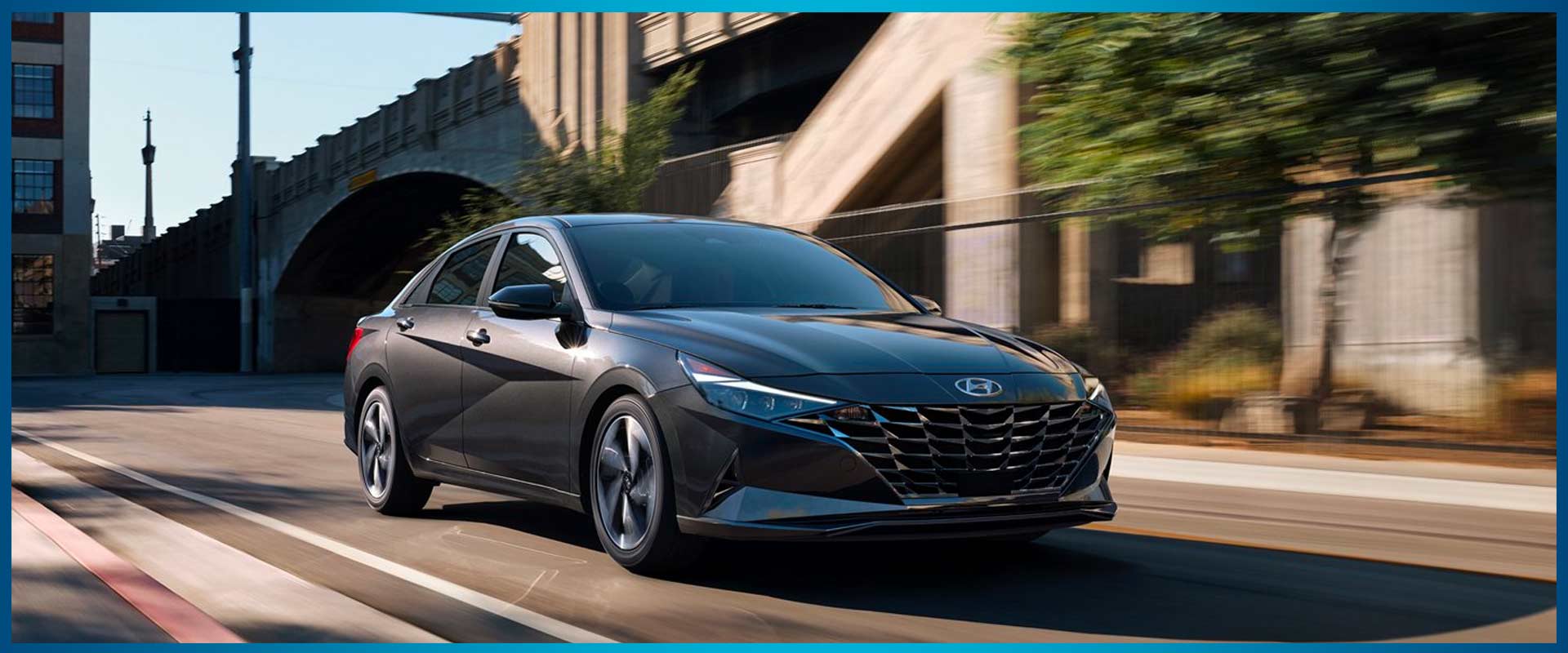
Hyundai has hidden the drainage systems within the body of the car, allowing rainwater to be directed away from the cabin. This modern solution ensures that the car stays dry even without the traditional gutters.
The Elantra’s design is focused on minimalism and functionality, with every detail carefully considered. The smooth roofline is a reflection of the brand’s commitment to offering cars that are both stylish and efficient.
This move to remove rain gutters aligns with a growing trend in the automotive industry. Many modern cars are adopting a cleaner, more streamlined appearance by hiding traditional features, like gutters, to create a more modern and sophisticated look.
For drivers, the change means a more visually appealing car that also benefits from improved aerodynamics. The Elantra’s design focuses on form and function, giving drivers a vehicle that looks futuristic while still being practical.
The Hyundai Elantra’s bold design, free from traditional rain gutters, is a prime example of how car makers are changing the way vehicles look and perform. This trend of sleek and hidden designs is likely to become more common in future models.
7) Ford Mustang (S550 and Beyond)
The Ford Mustang has always been a symbol of power and style. In the S550 generation and newer models, Ford has enhanced the Mustang’s appearance by removing visible rain gutters from its roof design.
The decision to eliminate rain gutters contributes to a cleaner, more streamlined look. This change enhances the car’s profile, making it appear even more stylish while maintaining its strong, aggressive muscle car image.
Removing the gutters also supports the Mustang’s focus on performance. The sleek roof design reduces drag, helping the car maintain better aerodynamics and improve overall driving dynamics.
Ford’s emphasis on a clean, gutter-free design doesn’t mean sacrificing functionality. Hidden drainage systems are used to manage rainwater effectively, keeping the car dry without affecting its clean lines.
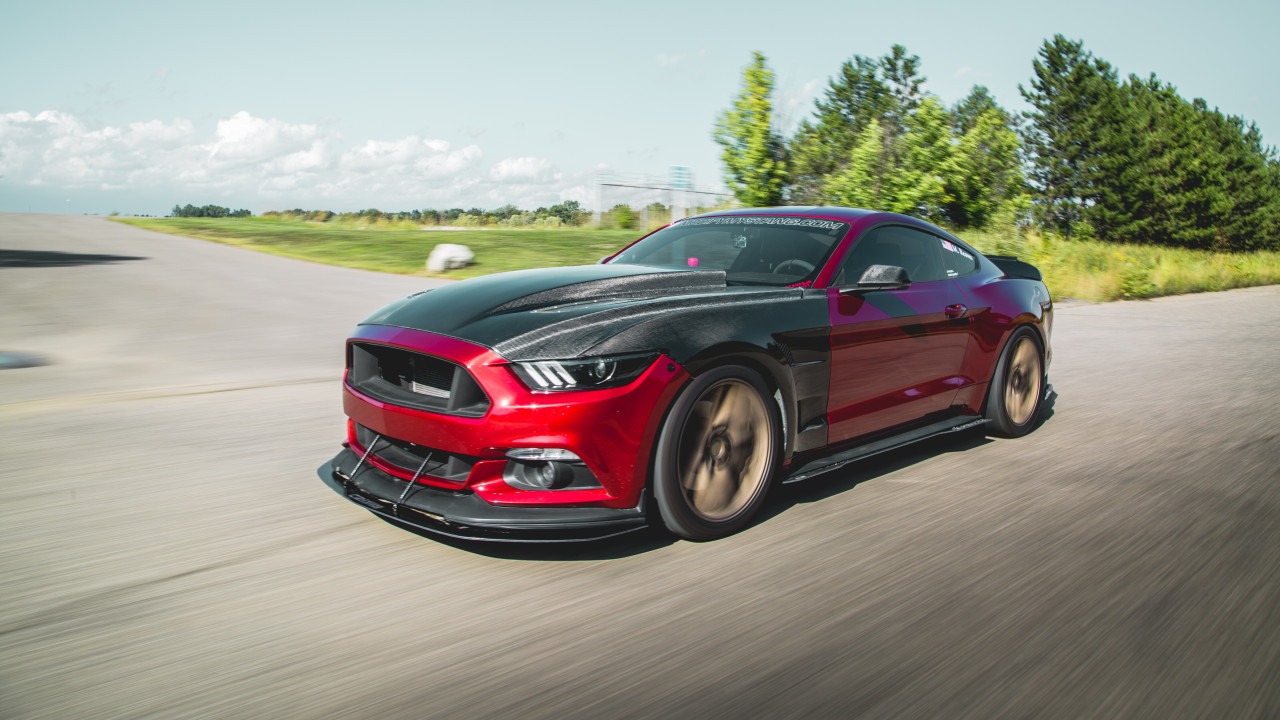
This modern approach to design is part of a larger trend in the automotive world, where performance and aesthetics go hand in hand. The Mustang’s roofline now features a smooth, seamless flow that enhances the car’s overall look while improving its efficiency on the road.
The absence of visible gutters gives the Mustang a more contemporary and polished look. The S550 and beyond models combine muscle, modern style, and high-performance engineering in a way that captures the essence of the Mustang while embracing the future of automotive design.
8) Mercedes-Benz C-Class
The Mercedes-Benz C-Class has long been associated with luxury and elegance. In its newer models, Mercedes has made a significant design change by removing traditional rain gutters, giving the car a smoother, more refined appearance.
This design choice enhances the luxury feel of the C-Class, aligning with the brand’s commitment to high-end aesthetics. Without visible rain gutters, the C-Class has a sleek, clean roofline that reflects the modern, sophisticated image Mercedes is known for.
Instead of traditional rain gutters, Mercedes handles water management through internal drainage systems. These hidden systems effectively guide rainwater away from the car’s cabin while keeping the exterior smooth and uninterrupted.

The removal of gutters improves the C-Class’s overall aerodynamic performance as well. With no gutters to create drag, the car’s shape is more streamlined, helping it move through the air more efficiently and quietly.
This change is part of a larger trend in the automotive industry, where car manufacturers are focusing on seamless, minimalist designs. The Mercedes-Benz C-Class’s sleek roof is an excellent example of how luxury vehicles are becoming even more refined in both appearance and functionality.
Mercedes has always prioritized comfort and style, and the removal of rain gutters is another step in making the C-Class feel even more luxurious. The smooth roofline not only enhances the car’s look but also contributes to a quieter, more comfortable ride.
The Mercedes-Benz C-Class’s updated design, free of rain gutters, highlights the brand’s focus on blending luxury with cutting-edge technology. With hidden water management systems, the C-Class continues to set the standard for elegance and performance in the luxury sedan market.
9) Kia K5
The Kia K5 is a modern sedan that has quickly gained attention for its sleek and stylish design. One of the key features of its updated look is the removal of traditional rain gutters, which enhances the car’s overall aesthetic.
Without the visible gutters, the K5’s roofline flows smoothly into the body, creating a more seamless and refined look. This design decision gives the car a sportier and more upscale appearance, aligning with current automotive design trends.
The elimination of rain gutters is not just about looks; it also helps improve the car’s aerodynamics. With a smoother roof, the K5 experiences less drag, which can result in better fuel efficiency and improved handling on the road.
To manage rainwater, Kia uses hidden drainage systems within the car’s structure. These systems efficiently guide water away from the windows and doors, ensuring the cabin stays dry without disrupting the car’s clean and modern design.
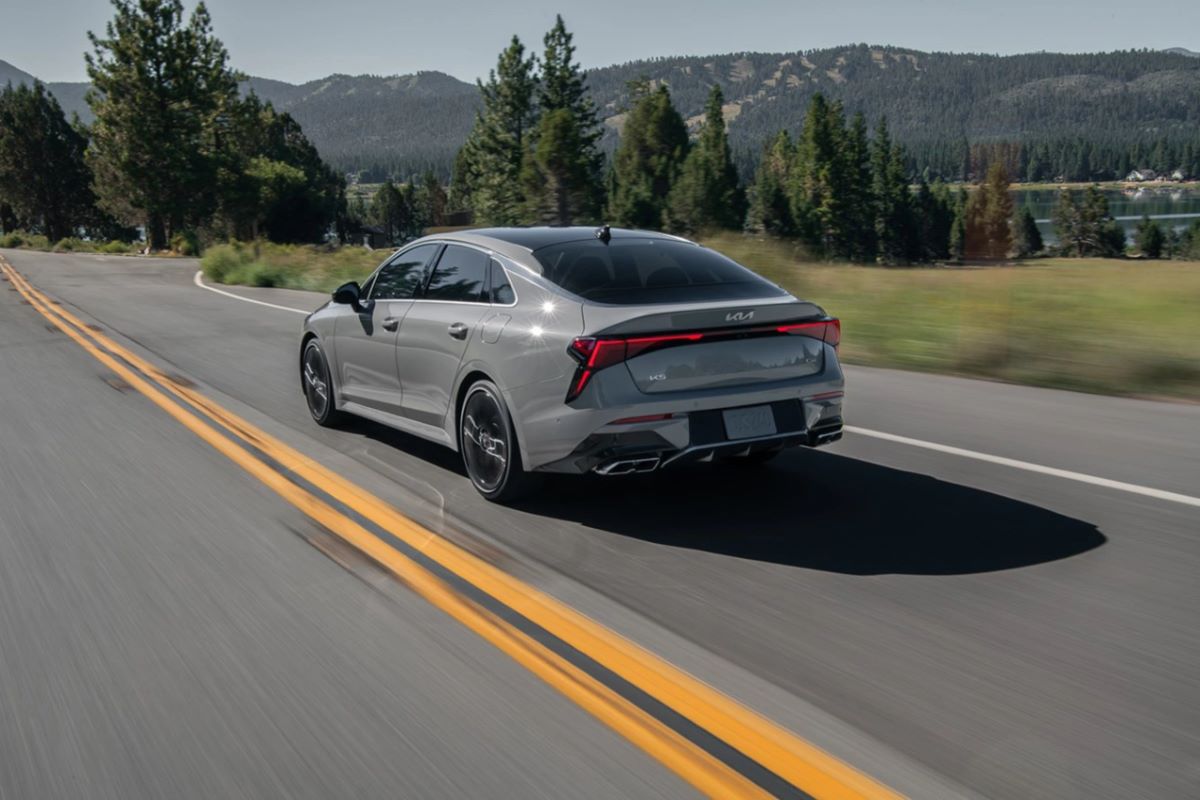
The Kia K5’s design is part of a larger trend in the automotive world, where sleek and minimalist looks are prioritized. By removing traditional features like rain gutters, the K5 looks more contemporary and stylish while still offering the necessary functionality.
This change is also indicative of how car makers are focusing on performance and aesthetics at the same time. The removal of gutters not only makes the K5 look better but also helps it perform better on the road by reducing air resistance.
The Kia K5’s decision to drop rain gutters shows how the brand is evolving to meet the demands of modern car buyers. The K5’s clean, smooth lines and hidden water management systems offer both style and practicality in a way that is sure to appeal to many drivers.
Also read: 6 Teen-Friendly Vehicles and 6 That Are High Risk for First-Timers
10) Mazda3
Mazda’s design philosophy, known as “Kodo,” emphasizes fluid shapes and a sense of elegance. The Mazda3 is a perfect example of this style, with its sleek, smooth lines and refined look, which are enhanced by the removal of traditional rain gutters.
By skipping the traditional gutters, the Mazda3 stays true to the principles of Kodo design, creating a car that feels dynamic and sophisticated. The roofline is smooth and uninterrupted, contributing to a more modern and attractive profile.
This design choice is not just about appearances; it also contributes to the car’s aerodynamics. With fewer features protruding from the roof, the Mazda3’s design reduces drag, improving both fuel efficiency and performance on the road.
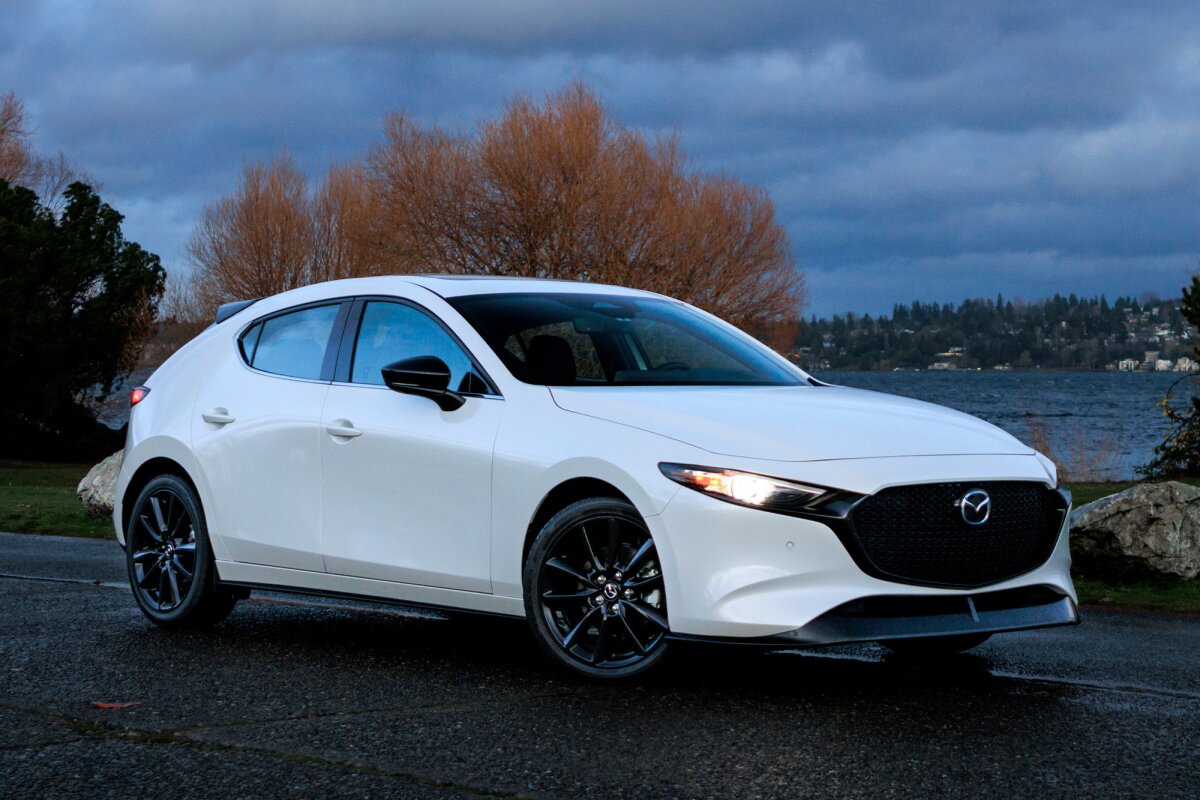
Mazda uses hidden drainage systems to manage rainwater, ensuring that the car remains dry even without the visible gutters. These systems are carefully integrated into the design, so they do not interrupt the smooth, elegant appearance of the Mazda3.
The removal of rain gutters reflects a growing trend in the automotive industry where clean, minimalist designs are preferred. This approach allows automakers to create vehicles that are both visually appealing and highly functional, as seen in the Mazda3’s fluid, elegant lines.
The Mazda3’s Kodo design also enhances the overall driving experience by focusing on aesthetics and performance. The car looks as good as it performs, with the smooth roofline and hidden water management systems working together to create a refined, enjoyable driving experience.
